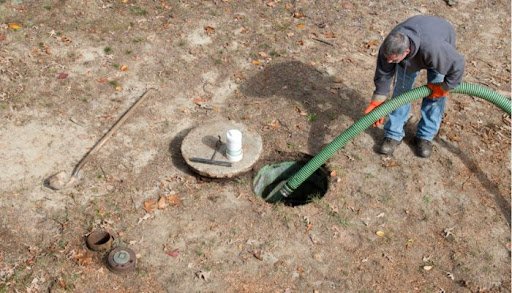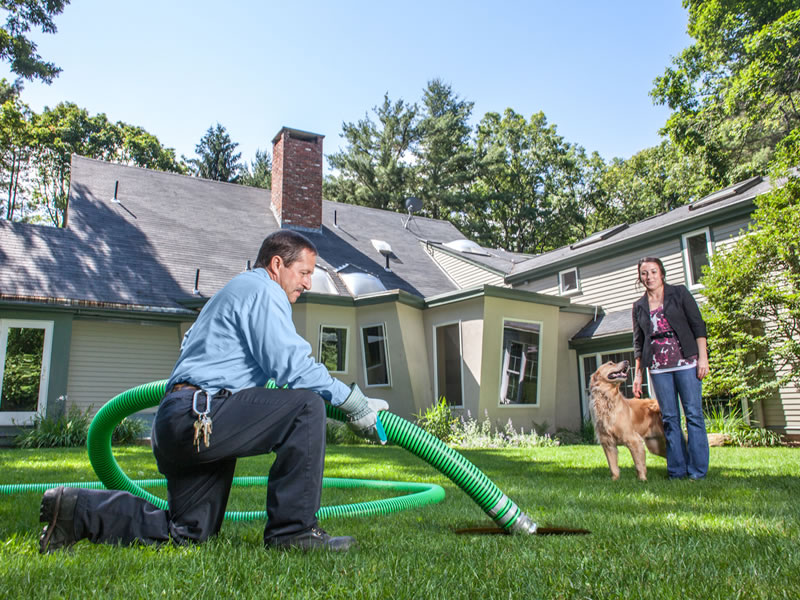Getting The Stillwell Septic And Grading To Work
Getting The Stillwell Septic And Grading To Work
Blog Article
The Basic Principles Of Stillwell Septic And Grading
Table of ContentsThe Only Guide to Stillwell Septic And GradingThe 10-Minute Rule for Stillwell Septic And GradingSome Known Incorrect Statements About Stillwell Septic And Grading What Does Stillwell Septic And Grading Do?Stillwell Septic And Grading Things To Know Before You Get ThisA Biased View of Stillwell Septic And GradingIndicators on Stillwell Septic And Grading You Need To Know
Overall, sewage-disposal tank setup is a complex process that requires careful preparation and execution. Homeowners need to collaborate with a respectable installation team and be mindful of local policies and requirements to make sure that their septic system works correctly for many years to come. After the sewage-disposal tank has been installed and connected to the drainpipe field, it is time to backfill the location.The backfill product ought to be devoid of clods, big rocks, frozen issue, and particles that can cause voids in the backfill that may allow resolving gradually. Crushed rock or pea gravel 1/2-inch in diameter is favored if native materials are not proper. As soon as the backfilling is total, it is time to landscape the area.
As soon as the septic system has been mounted, it is essential to check it to ensure that it is functioning properly (Septic Installers). https://www.openlearning.com/u/georgebraden-sa8fdk/about/. Examining the system entails examining for leaks, making certain that the storage tank is at the proper level, and analyzing the drainpipe area. Among one of the most typical tests done is the hydraulic tons examination
The Ultimate Guide To Stillwell Septic And Grading
The water is then kept an eye on to ensure that it moves correctly with the pipelines and into the drain field. If the water does not flow correctly or supports into the container, it may show an issue with the system. An additional examination that is typically performed is the dye examination.
The dye is then monitored to ensure that it flows appropriately via the pipelines and right into the drainpipe area. If the dye does not move properly or appears in the incorrect area, it might indicate a problem with the system. It is vital to have an expert carry out these examinations to ensure that they are done appropriately.

All about Stillwell Septic And Grading
Below are some necessary suggestions for home owners to maintain their septic system: The typical house septic tank need to be inspected a minimum of every 3 years by a septic solution specialist. The frequency of pumping relies on the size of the storage tank and the number of individuals using it. https://www.openlearning.com/u/georgebraden-sa8fdk/about/. A basic guideline of thumb is to pump the container every three to 5 years
Utilizing water-efficient components and devices, such as low-flow showerheads and commodes, can lower water use and assist the septic tank job a lot more successfully. Just flush bathroom paper and human waste down the bathroom. Prevent purging anything else, consisting of feminine health products, baby wipes, and food preparation grease, as they can block the system.
Unknown Facts About Stillwell Septic And Grading
Septic tank installation is a complicated process that requires cautious planning and execution. Property owners must recognize the essential actions involved in the setup process to make certain that their septic tank operates appropriately and efficiently. The first step is to assess the site where the septic system will be mounted.
As soon as the site has been evaluated, the next action is to prepare for the installment. Property owners should guarantee that their specialist is experienced in septic container installment and will work together with them throughout the process.
The Definitive Guide to Stillwell Septic And Grading

Property owners must understand the required actions involved in the setup procedure to make sure that their septic system functions correctly and successfully. By adhering to these steps and keeping their system, house owners can feel confident that their septic tank will provide reputable wastewater treatment for several years to find.
Nearly one in 5 U.S. homes why not find out more have septic systems. Yours may be among them. If you're not correctly preserving your septic system, you're not only injuring the atmosphere, you're putting your household's health at riskand might be flushing thousands of bucks down the tubes! Do Your Component, Be SepticSmart: The Do's and Do n'ts of Your Septic tank.
Little Known Questions About Stillwell Septic And Grading.

All that additional water can truly strain your septic tank. Stagger making use of water-generating devices. This can be useful specifically if your system has actually not been pumped in a long time. Become much more water effective by fixing pipes leakages and think about installing shower room and cooking area faucet aerators and water-efficient products.
The smart Trick of Stillwell Septic And Grading That Nobody is Talking About
Know your system's location. When you have the container pumped, draw a diagram or map showing its area in regard to repaired factors - corners of the house, steps, or fencing articles. Ask the pumper to assist you situate the drainfield. Note its place on your layout, along with the location of your drinking water well.
Minimize the quantity of wastewater that have to be treated and disposed of by your system: Wash no more than one or 2 tons of clothing daily. Up to 53 gallons of water flood your septic system with each tons, so it's finest to spread out laundry out over the week.
Report this page